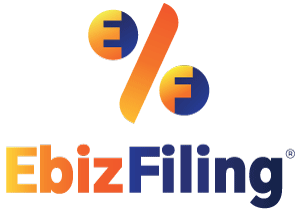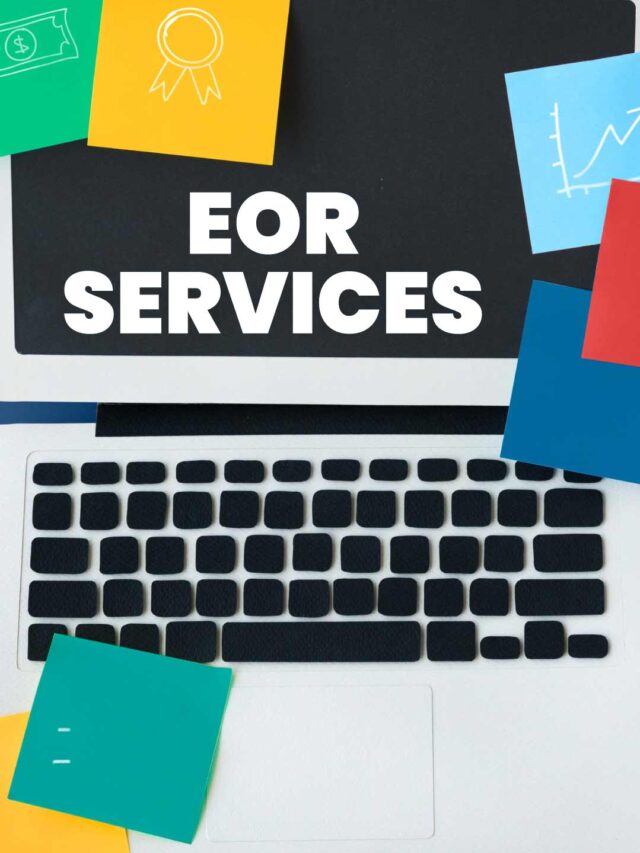
-
July 31, 2023
Registering Charge on Intangible Assets
Introduction
Registering charges on intangible assets is an essential legal process that protects the interests of creditors and ensures transparency in financial transactions. Intangible assets, such as intellectual property rights, patents, trademarks, copyrights, and brand value, play a crucial role in today’s knowledge-based economy. Registering charges on these intangible assets provides security to lenders, enabling them to recover their investments if the borrower defaults. In this article, we will explore the steps involved in registering charges on intangible assets and highlight the importance of this process in safeguarding financial transactions.
Overview of Intangible Assets
Before delving into the registration process, it is important to understand what intangible assets are and why they hold such significance in the modern business landscape. Intangible assets are non-physical assets that derive their value from intellectual or legal rights. Unlike tangible assets, such as buildings or machinery, intangible assets cannot be touched or seen but are equally valuable. These assets include patents, trademarks, copyrights, software, licenses, and goodwill.
Importance of Registering Charges on Intangible Assets
Registering charges on intangible assets is crucial for both borrowers and lenders. For lenders, it provides a legal claim on the intangible assets in case of default. By registering a charge, lenders ensure their priority over other creditors, increasing the chances of recovering their investment. It also allows lenders to assess the risks associated with lending against specific intangible assets, enabling informed decision-making. For borrowers, it provides a mechanism to secure loans using their intangible assets as collateral, enhancing their access to credit and capital.
What are the steps to Register Charges on Intangible Assets?
-
Identify the Intangible Assets: The first step in registering charges on intangible assets is to identify the specific assets that will serve as collateral. This includes conducting a thorough audit of intellectual property rights, patents, trademarks, copyrights, and other intangible assets owned by the borrower.
-
Conduct Due Diligence: Once the assets are identified, the lender must conduct due diligence to ensure their validity and market value. This may involve engaging legal experts and intellectual property specialists to evaluate the strength and enforceability of intangible assets.
-
Draft a Charge Agreement: A charge agreement outlines the terms and conditions of the loan, including the details of the intangible assets being pledged as collateral. The agreement should clearly state the rights and obligations of both parties, including the lender’s rights in case of default.
-
Register the Charge: To create a legally enforceable charge, it must be registered with the appropriate authority. The registration process may vary depending on the jurisdiction but typically involves submitting the necessary documents, paying the prescribed fees, and adhering to specific timelines.
-
Publicize the Charge: Once registered, it is important to publicize the charge to ensure transparency and provide notice to other potential creditors. This is usually done by filing the charge with the relevant government agencies or publishing it in the public records.
-
Maintain Records: Proper record-keeping is essential throughout the process. Both lenders and borrowers should maintain accurate and up-to-date documentation related to the charge, including the charge agreement, registration certificates, and any subsequent amendments.
Conclusion
Registering charges on intangible assets is a crucial step in securing financial transactions and protecting the interests of both lenders and borrowers. By following the steps outlined in this article, lenders can establish legal claims on intangible assets, thereby mitigating risks associated with lending. Borrowers, on the other hand, can utilize their intangible assets to secure loans and improve access to capital. Proper due diligence, drafting of charge agreements, and timely registration and publicizing of charges are essential for ensuring transparency, legality, and effectiveness in the process.
Create A Charge
Create charge on the property or assets of a company or any of your undertakings with Ebizfiling.
About Ebizfiling -










Reviews
Ashrith Akkana
19 Apr 2022I took import export certificate from the ebizfiling. They have done the work on time.. Thank you for making my import export certificate in time 😊
Hemang Malhotra
08 Oct 2018I was new as an Entrepreneur when I had seen their post on social media. I contacted them regarding proprietorship and realized they their pricing is incomparable in the market also their services are really prompt. Thank you, Ebizfiling.
Manank Turakhia
14 Jun 2019Ebizfilling.com is one of its kind of organization, believe me guys their working process is very smooth. I had an awesome experience regarding MSME certification. Thank you Kushani & Mansi for your wonderful efforts. Kudos to Ebizfiling, you are doing great keep doing it.
September 30, 2025 By Dhruvi
CA vs CS Certificates in India – Types, Fees, and Compliance Explained Introduction Certificates issued by Chartered Accountants (CAs) and Company Secretaries (CSs) play a pivotal role in India’s compliance ecosystem. Whether you’re a startup raising funds, a listed company, […]
November 7, 2025 By Dhruvi
CS Certificates in India – Types, Information Required, Fees & UDIN Norms Introduction In India, Company Secretary (CS) certificates are critical for compliance with the Companies Act, SEBI Regulations, and FEMA requirements. Banks, regulators, and investors often require certified confirmations […]
September 30, 2025 By Dhruvi
Certificates in India – Types, Information Required, Charges & UDIN Norms Introduction For many financial and compliance matters in India, a Chartered Accountant (CA) certificate is not just a formality but a mandatory requirement. Whether you are a startup applying […]